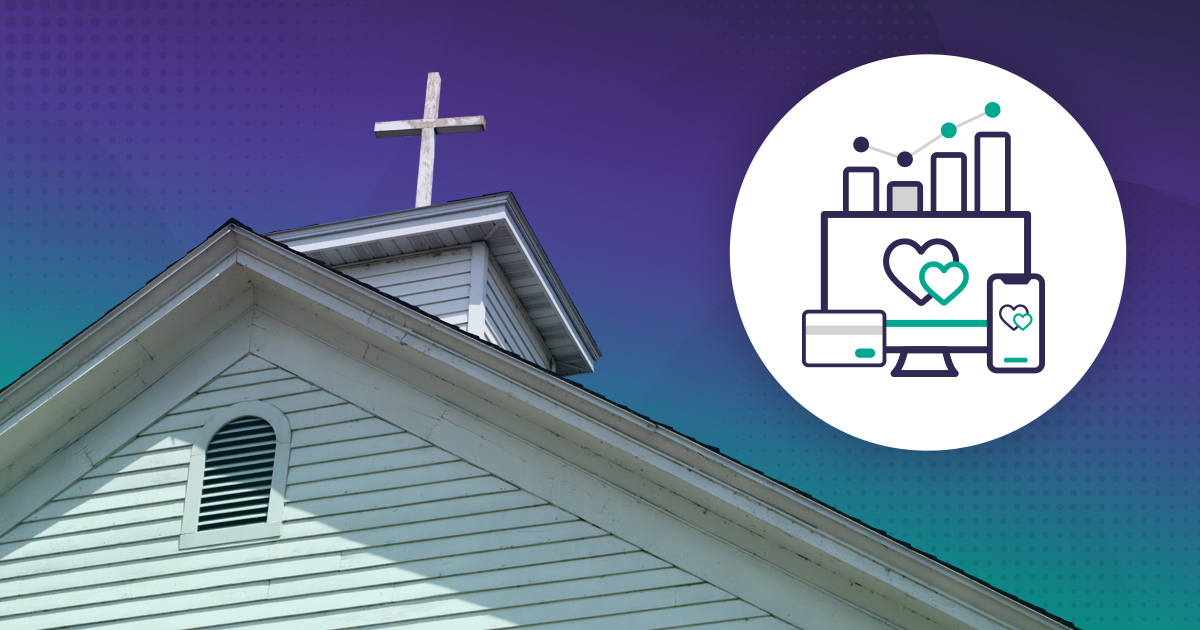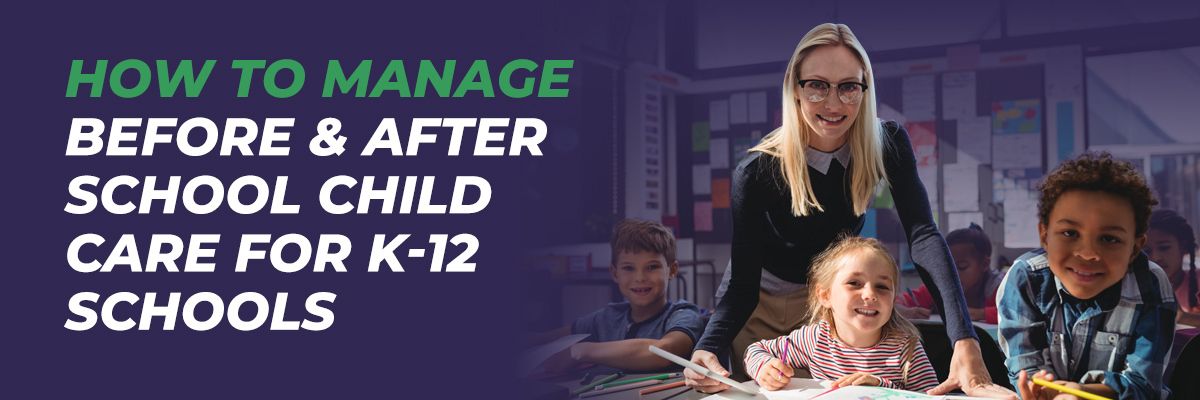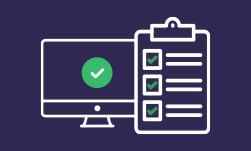
Want to know how to start an after school program that parents can’t stop talking about? One that fills up quickly and stays budget-positive month after month? This isn’t just child care. It’s a smart solution to the growing need for quality care between 3 and 6 p.m. Our guide shows you exactly how to launch, market and grow a program that delivers real value and results.
Table of Contents
- Step-by-Step: How to Start an After School Program
- How to Keep an After School Program Sustainable
- FREE After School Care Guide
Step-by-Step: How to Start an After School Program
Launching an after school program requires researching local demand and creating a business plan with accurate budgets. Administrators must obtain the required after school care licensing and insurance, secure a suitable location, and hire qualified staff with proper background checks. They must also design age-appropriate daily schedules and market through schools, flyers, and social media to attract families.
Check out the eight steps below for a detailed rundown on how to start an after school program.
Step 1. Define Your Program's Purpose and Audience
The first step in how to start an after school program for kids involves planning the key components of your program. This can also be a starter for your business plan or proposal that you may share with private and public investors. Here are some details to attend to during this stage.
-
- Core values, mission or objective statement.
- Program design, including staffing, location, administration, transportation and more.
- After school curriculum
- Target age groups, such as elementary or middle school.
- Enrichment activities such as academic support, arts, STEM or recreation.
- Policies and procedures.
- Legalities (licensing, insurance and reporting).
Step 2. Conduct Research to Understand Feasibility
After school is an essential service, but that doesn't mean it will always be profitable. Here's a list of what you should research before starting an after school program to ensure success:
-
- Is there a demand for an after school program in the area?
- What commercial space is available to house an after school program?
- How will you staff your after school program? (i.e., are there enough child care professionals in the area?)
- Can you work with local businesses to offer collaborative services?
- How large is the school district?
- Can you offer something unique in your after school program? (i.e., bilingual homework tutors, computer programming classes, etc.)
Ideally, your after school program will fulfill a significant childcare demand in the area and offer a unique edge over current competition. If you meet all these requirements, you'll have a solid foundation from which to launch.
Step 3. Create a Business and Financial Plan
Once you know your community education project is feasible, it's time to create a business and financial plan. If you already have a daycare, adding an after school program won't be as expensive as starting from scratch. However, you'll need to create a budget regardless of your current situation.
To ensure that your budget is accurate, you'll need to research the startup costs related to your business, many of which will vary by location. Here are some startup costs to consider:
-
-
Location (purchase or rent).
-
Third-party professional fees (lawyers, construction, printing, etc.).
-
Training costs.
-
Licensing and permit fees.
-
Equipment costs.
-
Don't forget to find an answer to the question, "How much does it cost to run an after school program." Don't just focus on startup costs. The daily related operating costs shouldn't be overlooked.
Here are some operating costs to budget for:
-
- Hiring.
- Salaries.
- Materials.
- Insurance.
- Maintenance.
- Transportation.
- Third-party vendors and services.
Step 4: Licensing, Regulations and Insurance
Like any childcare facility, after school programs must follow certain regulations, insurance and licensing requirements. The requirements vary by state, but here's an idea of what you can expect:
- Insurance: Liability insurance is highly recommended for after school centers and is often legally mandated. It covers bodily injury and property damage that may occur in the facility. Additional insurance includes business owner's insurance, workers' comp, commercial auto insurance, errors and omissions (E&O) insurance, abuse and molestation insurance, and cyber liability insurance.
- Licensing: Licensing requirements vary by state and according to the type of program and number of children served.
- Regulations include the care staff to child ratios, background checks, and health and safety standards.
Our Guidelines, Licenses, QRIS and Ratios by State article will help you determine which requirements apply in your area. You can also check out this article about Daycare Liability Insurance to learn about required coverage.
Step 5: Choose a Location and Setup Your Space
The next step in how to start an after school enrichment program involves choosing a location and setting up your space. Some daycare operators will rent out a random commercial facility.
However, teaming up with schools, churches and community centers can save money and provide a convenient space for families. Parents are likely to be familiar with the spaces, live nearby, and trust that their child will be well cared for in these venues.
However, there are several things to consider when choosing a space that go beyond familiarity and convenience. Here are some factors to consider:
- Space: Consider your after school class size and the equipment you will require. Ensure the space offers the room and layout to accommodate all you need. It should offer indoor and outdoor spaces to support various activities.
- Location: The facility should be in a safe area near schools, roadways, and public transportation.
- Accessibility: The space should be accessible to children and parents with disabilities.
- Affordability: Ensure the property is affordable and fits your budget. Partnering with community organizations can save you money. Grants and funding are also helpful.
Setting Up
Once the property is secured, you can acquire the equipment you need for your setup. Common equipment includes:
- Kitchen Supplies: These are necessary if you plan to feed the kids. You will need various tools to prepare the food and the food itself.
- Furniture: After school centers are generally equipped with desks and chairs. You may also require technology, storage and shelves, screens, and projectors.
- Art and Basic Supplies: These include pens, pencils, papers, crayons, and anything else you might need to work on creative projects.
- Sports Equipment: Ensure children have fun outdoors by purchasing balls, bats, frisbees, jump ropes, scooters, etc.
- Safety: A safe space features soft mats and age-appropriate furniture. A first aid kit may also be handy.
Step 6: Hire the Right Staff
Hiring the right staff is a priority for any childcare facility. Your staff will directly care for the children, so they must be experienced and vetted to ensure they meet safety standards.
- Background Checks: Federal law mandates that all childcare professionals undergo a background check before they are hired, ensuring they can safely work around children.
- Experience and Education: Although experience is not necessary in the childcare industry, it ensures caregivers act appropriately when a situation arises with parents or children in their care.
- Ratios: Different states have different requirements regarding care-to-staff ratios. These ratios also vary depending on the age of the children in your care and their specific needs. Check out the article Child Care Ratios by State so you can ensure your facility meets local standards.
After school program administrators must also develop a system for recruiting and interviewing talent. They can find talent through social media platforms, employee referral programs, and job board ads. Ensure you provide a pleasant environment that will help you attract and retain top-tier talent.
The interview process will help determine which caregivers are right for your program. Choose questions that allow you to measure their education, experience, and work ethic. Ensure they are a good match for your facility.
Step 7: Build a Daily Program Schedule
Your program schedule is a key selling point, as some parents will choose one program over another based on the curriculum. The first thing you must consider when building a daily program is the age group. Ensure your program caters to elementary, middle school, or high school students, depending on which students you're enrolling.
Next, choose a program that is trending among parents. You may want to survey to determine what parents want their children to focus on in an extracurricular setting. Popular choices include:
- Academic Programs, such as homework help or STEM studies
- Creative Arts may include dancing, theater, painting, sculpting, music, etc.
- Life Skills like cooking, baking, and financial literacy.
Once you determine your program, plan a daily schedule to ensure your days run smoothly. Choose a curriculum that will keep students engaged, safe, and out of trouble. Our Free Daycare Daily Schedule Template will help you stay organized.
Step 8: Enroll Students and Promote the Program
The final step involves promoting the program to support enrollment. After all, your program will only be successful if families sign up.
There are various marketing approaches to choose from, including:
- Digital marketing, such as paid ads, websites and social media
- Traditional advertising, such as newspapers, bench signs, radio ads, and mailings
- Events like open houses, child care webinars, and community-related affairs
- Referral programs and school partnerships
Our Daycare Advertising Ideas Guide offers various marketing methods to help you grow your program. You can also check out our blog articles that help guide community education.
Once families begin enrolling, ensure the process is as simple as possible. Minimize forms and accept various payment methods. A no-fuss approach ensures people complete enrollment without becoming frustrated and possibly choosing a competitor.
How to Keep an After School Program Sustainable
It's great to know how to start an after school program, but you must also ensure it is sustainable to support long-term success. The following tips will guide you in the right direction.

Build Relationships with Schools and Parents
Communication is the key to success for any collaborative project, and nothing requires more collaboration than providing child care. An after-school program involves collaboration between the staff and family to ensure the child receives the best care possible. Administrators must develop parent engagement strategies and keep the lines of communication open between all parties to ensure children benefit from consistent care.
Establish Strong Policies
Strong policies are essential in childcare. They ensure matters are handled appropriately and that families can benefit from the after school experience.
Provide all staff with a copy of the after school program's policies and procedures. If you don't have established policies, consider using parent and staff templates to guide you. We built two for your convenience.
Administrators should also be proactive about addressing potential situations that arise to avoid costly missteps.
Provide Ongoing Training and Feedback
Ensure your staff feel empowered and encouraged to continue their training and education. This approach provides a competitive edge for your after school program and ensures you'll employ experts in the field. Consider offering benefits, such as bonuses, for staff who complete training programs or gain advanced child care degrees.
Aside from training, you'll want to evaluate your staff. This will help you provide feedback to help them improve. Use a rubric designed to evaluate key areas, such as this free Child Care Staff Evaluation Form.
Track Outcomes and Improve Based on Feedback
No matter how well you organize your program, you will encounter issues. Not every parent or child will be happy with your system. Although some are difficult to please, there is also often room for improvement within the program.
Rather than get discouraged, administrators should see setbacks as learning moments. They should determine how they can improve situations and take the appropriate actions.
Surveys and feedback can also prevent crises. They help administrators monitor how families interact with their program and show that the administrator cares about their clients.
Developing questions that lead to valuable insights can be challenging. Vanco provides resources like a Free Daycare Parent Survey and Guide and a Free Childcare Survey for Parents that will point you in the right direction. They will help you identify pain points and improve accordingly.
Streamline After School Care with Management Software
It's easy to become overwhelmed by managing an after school program's essential tasks and duties. Efficient and powerful child care management software can support your success by streamlining all the administrative tasks.
Vanco's Smartcare software has worked with districts, daycare providers and preschools. It is one of the leading child care management software systems. The tool makes everything from scheduling staff to managing payments easy.
Check Out How It Works!

Common Challenges (And How to Overcome Them)
Running an after school program can be challenging. Administrators often face common issues. However, with the right approach, you can overcome these challenges and ensure success.
- Low Enrollment: Low enrollment is a common issue, especially in the early days of running your childcare program. Marketing is the best solution. Develop a clever marketing campaign that makes your program stand out, and advertise on channels where families are likely to be. If low enrollment occurs after your program is established, consider making improvements and advertising your updated system.
- Staff Retention: Turnover rates are an issue in any industry and contribute to significant expenses, including running ads and a loss of productivity. Companies that pay hourly employees can lose as much as $1,500. Additionally, turnover can be especially detrimental in childcare, where children may become attached to staff members. After school programs can improve retention rates by offering training to ensure upward mobility, providing raises, bonuses, and insurance, and recognizing employees' progress and support.
- Funding Shortfalls: Although after school programs may charge parents tuition, most funding often comes from government and private sources. With this system, funding is not guaranteed, and shortfalls occur. However, afterschool programs can overcome setbacks by actively searching for additional grants, partnering with corporations for sponsorships, and fundraising to promote individual giving.
Final Thoughts
Launching and maintaining an after school program isn't easy. However, administrators can increase their chances of success by:
- Defining the program's purpose and target audience
- Creating a business and financial plan
- Learning about licensing, registration, and insurance
- Choosing a convenient location and setting up the space for optimal safety and enjoyment
- Hiring the right staff
- Building and designing the program as needed
- Developing a successful marketing campaign
Our free eBook provides tips on how to start an after school program, simplifying your management approach and supporting your success.
Discover the Secrets for Simpler Afterschool Program Management!
Download our free eBook on how to start an after school program with expert tips that will help you improve your afterschool program, and show you how to simplify its management, so you and your team can enjoy seamless systems and reduced stress.
FAQs About How to Start an After School Program
Do after school programs need a license?
Most after school programs require a license. However, requirements vary by state, the number and age of the children enrolled, and the program's approach. Consult your local government to learn what applies in your area.
How much does it cost to run an after school program?
According to Fin Models Lab, launching and running an after school program can cost between $123,000 and $405,000. However, expenses vary depending on:
- Your rent or mortgage, based on the size and location of the facility
- The materials and equipment required
- The cost of renovations
- Licensing and insurance expenses
- The number of employees and payroll costs
- The cost of marketing and promotion
How many staff members do I need?
The number of staff members you will need depends on the number of children enrolled in your program. Each state has a requirement regarding a staff-to-child ratio. Learn what's required in your area and ensure you hire the necessary staff members to support your program.
Can I get funding or grants for my program?
After school programs can acquire funding through:
- Government childcare grants
- Foundations, corporations and community organizations
- Online and event-based fundraising
Federal grant sources include 21st Century Community Learning Centers (21CCLC), Childcare and Development Fund (CCDF), and Temporary Assistance to Needy Families (TANF). You may also research to learn about local opportunities.
What qualifications do staff members need?
Different out-of-school time programs may require different staff member qualifications. All states require staff members to undergo a background check. Optional yet popular qualifications include:
- A degree in youth development or education
- Experience working with children
- CPR and First Aid certification
- Child abuse prevention training
- Health and safety training










.jpg?width=450&height=250&name=34-K-12-School-Templates_thumbnail%20(1).jpg)



